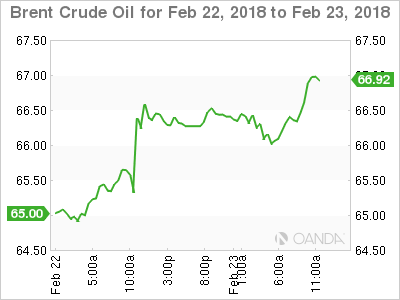Overnight Shanghai Interbank Offered Rate (SHIBOR) spiked to 1.7160% overnight, a jump of 5.6 basis points. The 7-day SHIBOR also crept upwards, settling at 1.6800%, a 2.6 basis point rise. However, a glimmer of nuance emerged with the 3-month SHIBOR edging down slightly, falling 0.2 basis points to 1.7590%. What’s happening here?
Let’s break down SHIBOR for those new to the game. SHIBOR represents the average interest rate at which banks lend to each other in the Chinese interbank market. It’s a key indicator of liquidity conditions and, crucially, a barometer of the People’s Bank of China’s (PBOC) monetary policy intentions.
These moves aren’t just numbers; they’re signals. The increases in the overnight and 7-day rates suggest tightening liquidity. Banks are finding it slightly more expensive to borrow from each other.
This could indicate the PBOC is subtly signaling a preference for restraint, perhaps concerned about potential inflationary pressures or looking to stabilize the Yuan. Don’t expect massive shifts, but a deliberate nudge nonetheless.
Here’s a deeper dive.
Understanding SHIBOR & Monetary Policy: SHIBOR is influenced by factors like bank reserve requirements, open market operations, and the overall demand for funds. The PBOC uses these tools to control liquidity.
Short-Term vs. Long-Term Rates: Short-term SHIBOR (like overnight and 7-day) are sensitive to immediate funding needs. Longer-term rates (3-month) reflect expectations about future policy.
Market Sentiment & Impact: SHIBOR movements impact borrowing costs for companies and individuals. Tighter liquidity conditions can cool down investment and economic growth. Keep a close watch – these rates tell a story.






